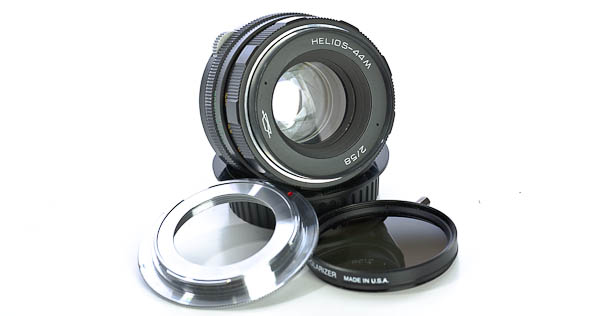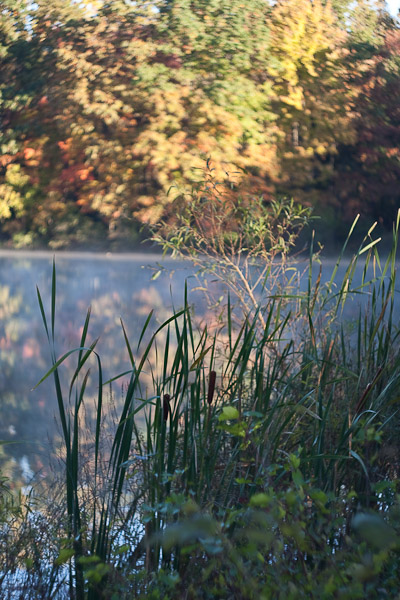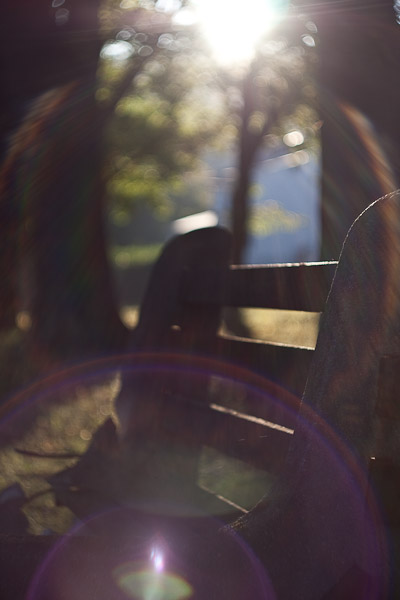
Russian Helios-44M 58mm f2 - Zeiss Biotar Copy
|
||
|---|---|---|
Specs:
|
 |
|
A "Zeiss Biotar Copy", what does that mean exactly? At the conclusion of World War II much of Zeiss technology and materials fell into Russian hands. Having good optics was important to the military, and it's no wonder that the Russians began producing their own copies. It is believed that some of the first russian versions were actually left over german stock assembled by russian factory workers and looked identical. Later the russians would introduce several improvements, whose glass was still based on Zeiss formulas, with the last version, #7, produced in 1993. Thus the Helios was based on the Zeiss Biotar and so is considered a "Zeiss Biotar Copy". But what is more amazing is the excellent build and quality of this optic, as ukranian seller Jan Dvorak puts it: "For a product from the Soviet era, produced during the depths of communism it indeed has an unusually high build quality." Jan was referrering to what I consider (if you will excuse the pun) "Helios roulette". Stories abound on the net in various forums of buyers having to purchase several copies in order to find 'a good one', such was evidence of poor quality controls. However, (if we exclude international shipping fees), they are relatively cheap, and once you find a good one, it's a prize worth keeping. By the way, these lenses are not rare. Being standard kit lenses for russian Zenit cameras, they are fairly abundant. What is rare, however, are copies with smooth focusing and clean flawless elements. Considered as a portrait lens for DSLRs, at 58mm on the 1.6x crop camera, it's the equivalent of 92.8mm, a very useful range for compressing faces while shooting at a comfortable distance. Well, my copy of the 44M is a good one. Both it's focus and aperature rings are smooth like butter, and the build is even better than my Canon FD50 f1.4, (and that's a solid vintage lens). I also have a modern EF50 f1.4, which is the same lens design and forumula as the FD version, but it's plastic and the focus ring is sloppy and cheap. While the 44M is positive and reassuring. Unless you need autofocus, this lens could easily become a favorite normal lens.
Much of that is due to Jan's careful maintenance in replacing the old lube (what he refers to as "russian glue"), with proper lithium grease. There is one issue: the aperature ring is stepless. That is, there are no click stops at each f-stop. I like it however. Using the camera's meter, I can dial any fractional stop I want to fit the scene. On the other hand, it's very easy to accidently change the aperture when fumbling for the focus ring. Performance wise, its very sharp. In the studio, stopped down to f8, it renders images that are just as sharp as my 50 1.4, 100 2.8 macro, and my 135 f2L. Shooting wide open at f/2 the DOF is razor thin, and it's hit or miss on the 40D's DSLR's standard focus screen, (time to upgrade that as well). Busy Bokeh. The biotars are noted for their busy, detailed, and swirling background blurs, (With the 75mm lens being the most obvious). The 44M has a swirling bokeh, and it's similiar to what I get on my Canon FD35 tilt-shift when I have it wide open and tilted to the extream. This can be a distraction to some viewers, as it may draw attention away from subject matter that is in focus.
The lens flares easily, but it's a nice effect actually, and very different from flares on my EF lenses. Using a hood is must. When flare is not involved, the contrast is good and it renders good color, requiring very little post correction, surprising for a 'single coated' lens.
-Keep Shooting |
||






